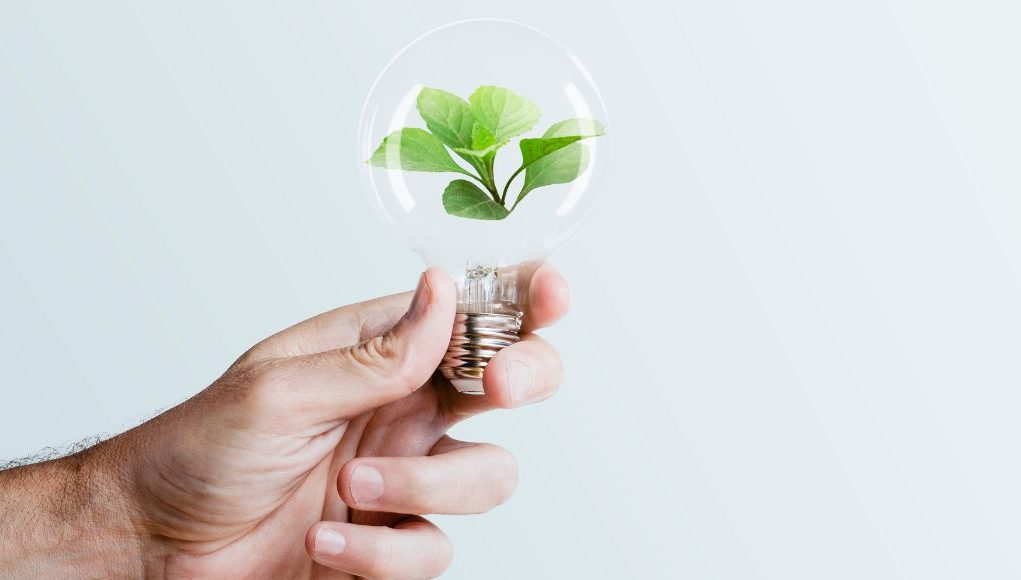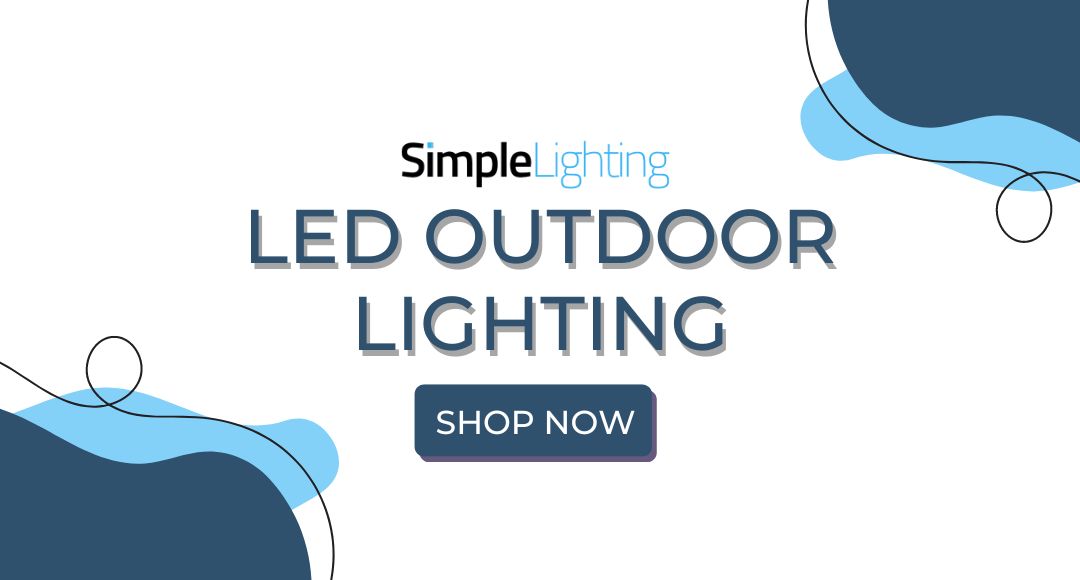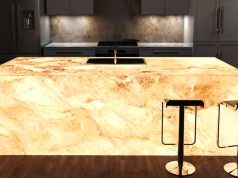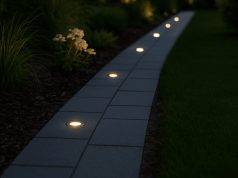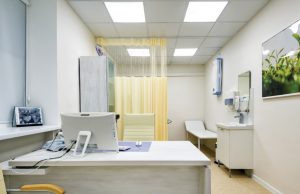LED lighting is the most eco-friendly and energy-efficient lighting solution today. With environmental responsibility high on the programme of many businesses, communities, and households, LED lighting offers a practical and high-quality alternative to traditional lighting solutions.
LED Technology and Energy Efficiency
How exactly is LED lighting different from other traditional lighting solutions? Although traditional lighting and LED lighting require energy to work, they differ significantly in how that energy is converted into light. If an LED light fixture converts 95% of electricity, it consumes into light, with 5% ending up as waste; a traditional light fixture is the opposite. That’s why you’ll notice that if you put an LED and a traditional fixture side-by-side, the wattage requirement is different, even if the lumen count is the same. An LED will be significantly lower than a traditional light.
So, where will you invest if you’re a business or homeowner? Aren’t LEDs more appealing?
Carbon Footprint Reduction: How LEDs Contribute to Sustainability
In connection to the outstanding energy efficiency of LEDs, your carbon footprint also lessens. How are the two connected? The electricity you’re using, unless you have solar panels and alternative energy sources, is from fossil fuels that are burned.
Naturally, if the electricity demand is high, more fossil fuel is being burned. Since LED lighting uses about 80% less electricity than an incandescent bulb, only a tiny amount of fossil fuel is being burned to power it. Thus reducing your carbon footprint!
In addition, LED lighting has a longer lifespan than traditional fixtures. Since they last long, you don’t have to constantly purchase replacements, reducing the extremely high demand. As a result, factories decrease production, lowering greenhouse gas emissions!
An LED’s energy efficiency and long lifespan contribute immensely to reducing your carbon footprint!
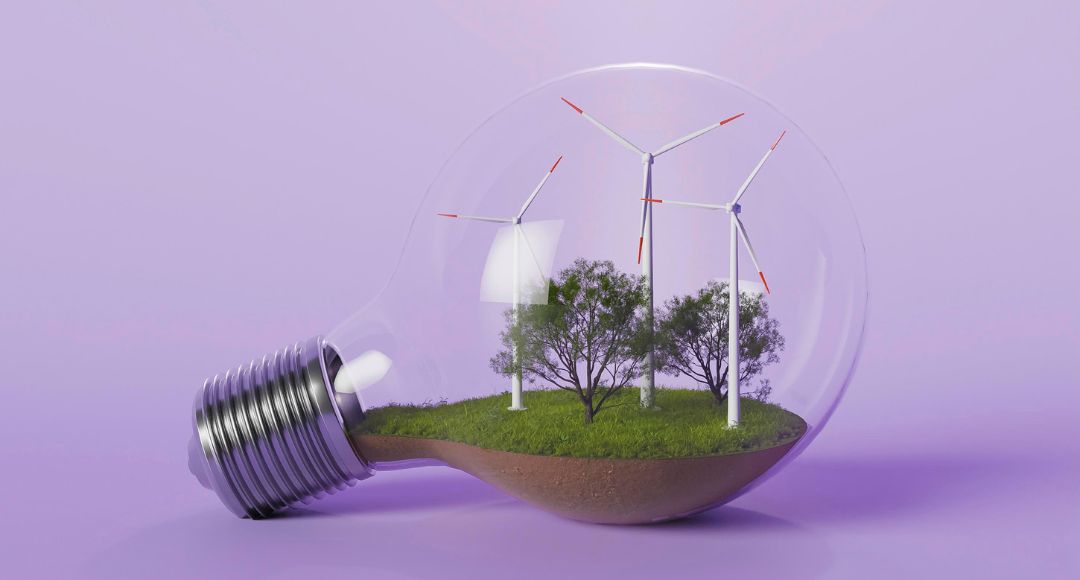
Mercury-Free Lighting: A Safe Choice for the Environment
Did you know that some traditional lighting solutions contain hazardous materials like Mercury? Just how much your health will be affected by using that kind of lighting for more than eight hours a day! Also, when disposed of incorrectly, Mercury can leak, contaminating both land and water, depending on where they’re thrown.
LED lighting is mercury-free, and it does not contain any toxic chemicals. It’s also recyclable, and you’re encouraged to upcycle it! Besides living and working in a healthy space, LED lighting also benefits the environment because there’s no chance of toxic contamination (since LEDs are mercury-free).
Longevity and Reduced Waste: The Impact of Extended Lifespan
Aside from reducing carbon footprint, the longevity of an LED light bulb helps in reducing waste. If an incandescent bulb can last for 1,000 hours, an LED bulb typically lasts for about 25,000 hours. That’s years of usage versus months! How many incandescent bulbs will you dispose of during the lifespan of an LED bulb?
So, if you’re sensitive to waste reduction, switching to LED lighting will help immensely in pursuing your goal!
Sustainable Manufacturing: Eco-Friendly LED Production
In producing eco-friendly LED lighting, manufacturers have implemented sustainable practices to further contribute and enhance the sustainable innovations of LED lighting!
- Energy-Efficient Production: Manufacturers are investing in energy-efficient production methods by using advanced machinery and optimising manufacturing processes, reducing carbon emissions and energy consumption.
- Using Recyclable Materials: Sustainable LED manufacturers prioritise using recyclable materials, sourcing components and resources with minimal environmental impact. They ensure that the end product is readily recyclable. Since these manufacturers participate in and promote a circular economy, they help reduce waste and conserve essential resources.
- Waste Management and Reduction: Waste management is critical to sustainable LED manufacturing. Because of this, they implement recycling programs for materials that are thrown out and focus on lessening waste generation at every step of production.
Reduced Light Pollution: Reserving the Night Sky
What is light pollution? It’s the excessive and inappropriate use of artificial lighting that negatively impacts humans, wildlife, and the climate. If you’re in a city where light pollution is an issue, you’ll rarely see the dark night sky.
LED lighting is directional, preventing spillage of unnecessary illumination, including upward light that affects the night sky. Since it’s directed towards the intended surface and not anywhere within a specific radius, it helps in reducing light pollution.
Opt for dimmable outdoor LED lights to further amplify your contribution to lowering light pollution. With this, you can regulate the brightness of your fixtures and avoid excessively using electricity!
Energy-Saving in Large-Scale Applications: Commercial and Municipal Impact
If a single 9w is equivalent to 1w, how much energy savings can a single household accumulate if they switch all the incandescent bulbs in their home? What if it’s done on a larger scale, like municipalities, businesses and organisations switching from traditional lights to LEDs? The energy savings will be astronomical!
The bigger the space being lit, the more energy they consume. So, when they shift to a more energy-efficient alternative, the more significant the effect!
Conclusion: Illuminating a Greener Future with LED Lighting
LED lighting is a key player in mitigating adverse environmental impacts. They can help reduce carbon emissions, lessen waste production, lower energy consumption, and promote a circular economy and zero-waste philosophy!
Everyone has a role in preserving the environment. Whether you’re an individual renting a small apartment, a small family in a cosy home, or a business owner with several companies and establishments, you have a part to play! So, swap out all the remaining traditional lighting fixtures in your properties and establishments with LED lights. If you don’t know where to get them, visit our website Simple Lighting. We have an extensive range of indoor, outdoor and commercial lights, so you’ll find the lighting solution perfect for your needs!


